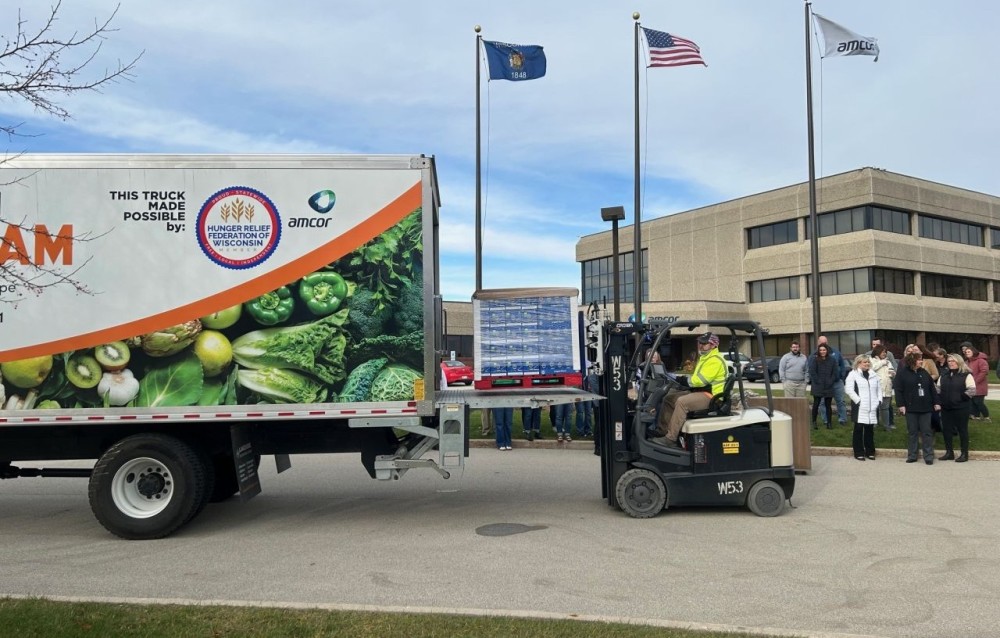With less than favourable conditions across a lot of the state, many farmers have gone into winter with less pasture in front than desired.
Agriculture Victoria Livestock Extension Officer John Bowman said pasture growth rates can be improved during winter, through good grazing and pasture management.
Mr Bowman said in recent years a farm in East Gippsland compared grazing strategies of two paddocks side by side. One paddock was grazed for two days, the other grazed for six days. Both paddocks were stripgrazed, but stock were not excluded from re-grazing areas they had been the day before.
“A month later, when pasture growth rates were measured, the paddock grazed for two days had double the pasture growth rate of the one that was grazed for six days (18kgDM/ha/day). The difference in leaf size of the re-growing pastures was also vastly different between the two,” he said.
Pasture growth can be further improved by running temporary troughs off the main trough and moving the new strip, or fencing it behind, to minimise the effects of back-grazing in the system.
Another alternative to improving winter feed growth is using urea.
“With fodder costs rising this winter, urea can be a very cost-effective means of growing extra feed.
“An application of nitrogen fertiliser is most efficient when applied at rates between 60–100kg Urea per hectare. If growth conditions are moderate (soil temperature is above 12 degrees and plants have reasonable leaf area and moisture) response rates should be around 10:1.
“It is important that stock are kept off the paddock for 21 days post-urea application, as nitrate toxicity can be a concern if grazed too early,” he said.
A third option is to use gibberellic acid, which is a naturally occurring plant hormone. Generally, the colder the daytime temperatures, the better the response.
The rapid plant growth that can occur through the use of gibberellic acid leads to plants often being lighter in colour, however this doesn’t affect the quality of feed on offer. Ideally, stock should be kept off the pastures for three weeks after application, to allow maximum response.
“Phalaris based pastures are highly responsive to gibberellic acid with recommended rates of application of 2.5 to 10 g of gibberellic acid/100L water per hectare. Pastures that are dominant in perennial ryegrass, annual ryegrass or cocksfoot the recommended application rate is 20g/100L water per hectare.
However, it is important to read and follow the recommended rates on the label as recommended rates can differ between products.”
Mr Bowman said soil moisture probes installed at Longwarry and Yarram indicate recent rains have soil moisture down to 80 cm whereas soil moisture is down to only 30–40 cm at the Bairnsdale paddocks.
“Applications to boost pasture growth around Bairnsdale will use up more of that soil moisture in the upper level (as it has been doing) until more rain is received. With soil temperatures (in the top 10 cm) now at about 8.7 degrees, pasture growth has slowed and therefore a response to urea will take longer,” he said.
He said if soils aren’t moist enough to support plant growth it is recommended holding off on applications until soil moisture levels improve.








